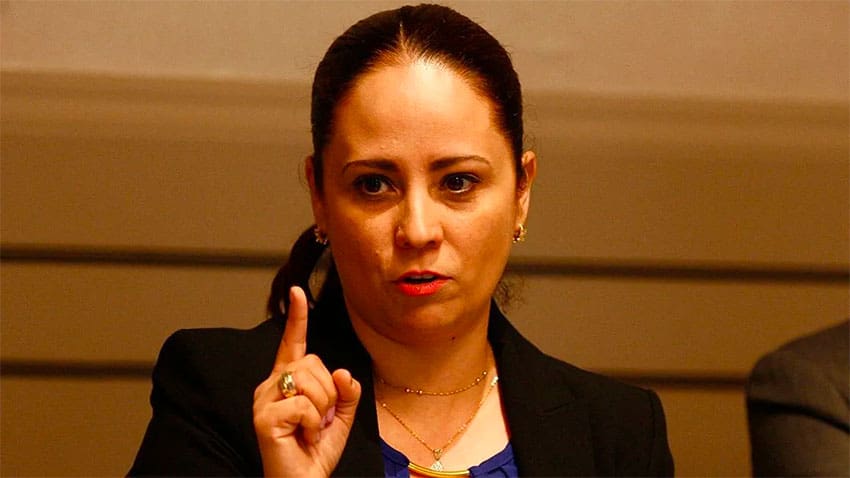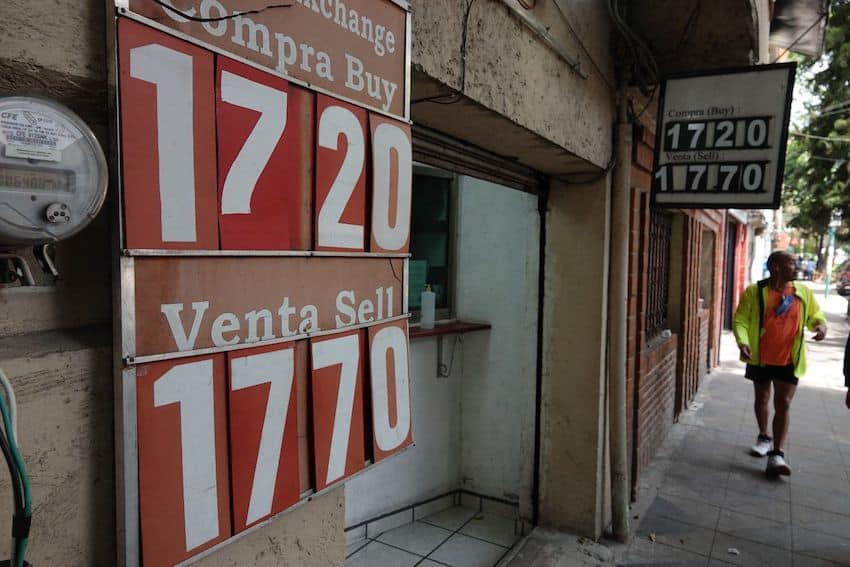Mexicans living and working abroad sent a record high of US $57.79 billion to Mexico in the first 11 months of 2023, an 8.7% increase compared to the same period of 2022.
Last year was almost certainly Mexico’s best year ever for remittances given that the total for the January-November period is just $720 million lower than the record high $58.51 billion in inflows recorded in 2022.

In 2023, remittances sent to Mexico averaged $5.25 billion per month between January and November, with most of the money coming from the United States, where millions of Mexicans live and work.
Let’s take a closer look at the most recent data on remittances, as reported by the Bank of Mexico (Banxico) on Tuesday.
Remittances up in annual terms in November, but down compared to October
For the first time in eight months, remittances were below $5 billion in November.
A total of $4.9 billion in remittances arrived in Mexico, a 1.9% increase compared to November 2022, but a 15.5% decline compared to the previous month.
In seasonally adjusted terms, the month-over-month decline was a more modest 4.7%, Banxico said.
On the X social media platform, the director of economic analysis at Mexican bank Banco Base said that remittances tend to fall in November before rising in December as Mexicans abroad typically send more money to their families for the Christmas holiday season.
“However, the decline in November 2023 of 15.54% was very negative, given that during the past five years remittances in November have fallen on average 5.69% in month-over-month terms. The decline in November could have been due to the slowdown in private sector job creation in the United States,” Gabriela Siller wrote.

“In annual terms, remittances grew 1.88%, showing a pronounced slowdown compared to previous months,” Siller said, adding that the year-over-year growth was the lowest since April 2020, when remittances “declined 2.04% due to the impact of the COVID-19 pandemic.”
Remittances exceed $63 billion in the 12 months to November
Banxico reported that $63.15 billion in remittances flowed into Mexico between December 2022 and November 2023. That figure is $90 million higher than the total for the 12 months to October.
Siller noted that the rolling 12-month remittances total exceeded $60 million for an eighth consecutive month in November. She also said that the rolling total has been on the rise for 43 months.
However, the increase of $90 million recorded in November was the lowest month-over-month gain in 3 1/2 years.
Strong peso and inflation ‘eat into’ the value of remittances
Siller published a graph that shows that the purchasing power of remittances had declined for 13 consecutive months due to the appreciation of the Mexican peso and high inflation.
The purchasing power of remittances was 12.73% lower in November than 12 months earlier, according to the graph, which was formulated using Banxico data.

The peso appreciated by close to 15% in 2023 to end the year at around 17 to the US dollar. The USD:MXN exchange rate was just above 17 on Wednesday morning. Strong incoming flows of remittances have been cited as one factor that contributed to the appreciation of the peso in 2023.
Inflation declined steadily last year, but the headline rate remained above the central bank’s 3% target. Inflation was 4.46% in the first half of December, down from 7.91% in January 2023.
Inflation and the strong peso “continue to eat into remittances even though the increase in [consumer] prices has moderated,” said Jesús Cervantes González, director of economic statistics at the Center for Latin American Monetary Studies.
AMLO reacts to the latest data on remittances
At his morning press conference on Wednesday, President López Obrador declared that Mexicans abroad “are sending remittances like never before.”
He said the government has received an estimate that remittances to Mexico will total $63.2 billion in 2023, a figure that would exceed the 2022 record by 8%.
Cervantes predicted that final 2023 data will show that remittances reached $63.5 billion.
López Obrador frequently describes Mexican migrants as “heroes” in recognition of the substantial support they provide to the economy. Remittances were equivalent to 4.5% of Mexico’s GDP in 2022, with 95% of the money coming from the United States.
In 2022, Mexico was the world’s second largest recipient of remittances behind India, which had inflows of some $100 billion.
With reports from El Economista and López-Dóriga Digital
